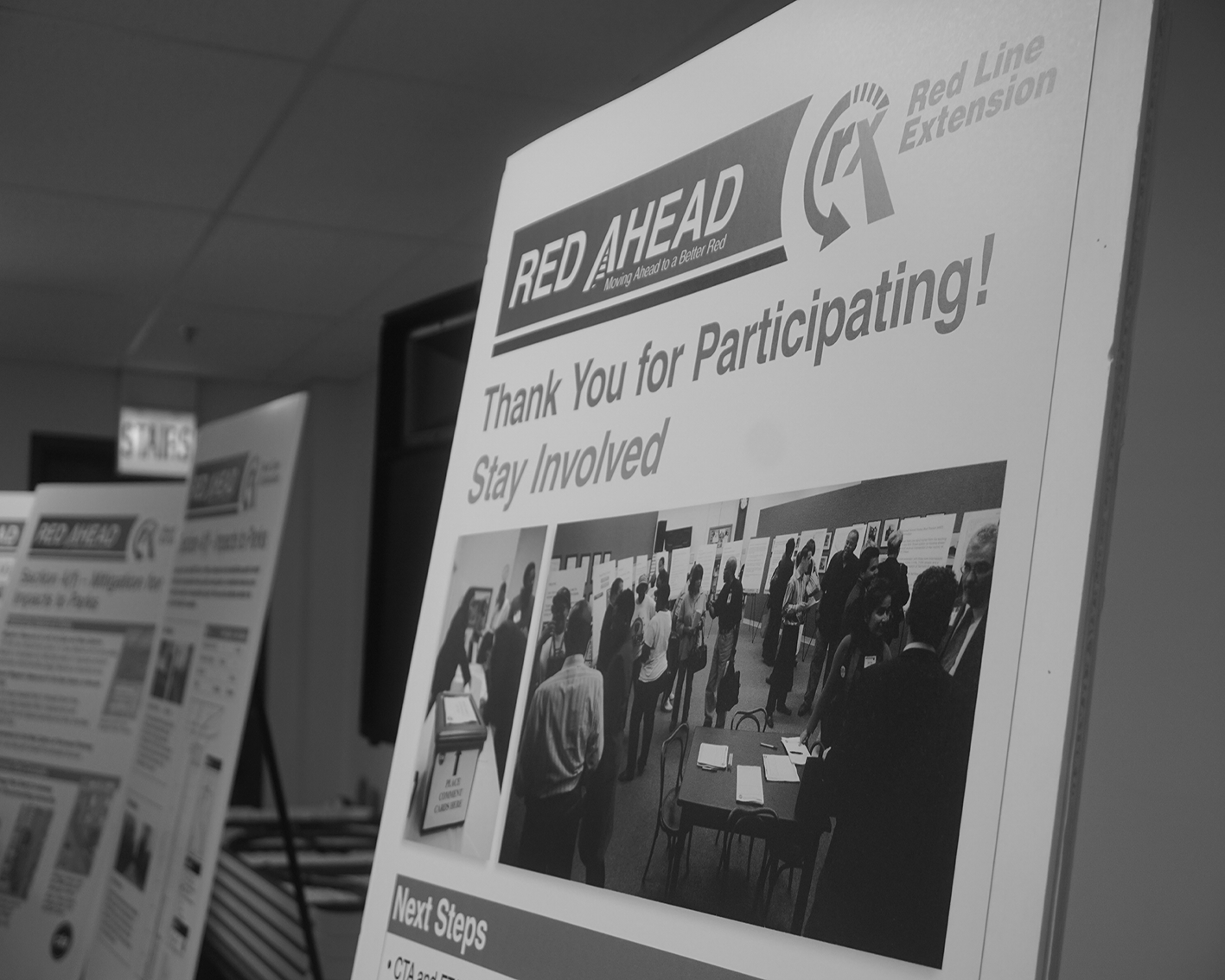As the year comes to an end, the Chicago Transit Authority is preparing for a changing of the guard at the federal level, and city officials are doing everything they can to secure funds for high-cost ventures before President Barack Obama leaves office. The Far South Side expansion of the Red Line, however, will have to wait another year, well into a Donald Trump presidency, to secure federal funding.
Most coverage of the scramble for funding after Trump’s election has focused on a transportation project on the North Side. Last week, the city council approved a new tax-increment financing district to fund the Red and Purple Modernization project that seeks to rebuild sections of North Side train lines. Forty-six of Chicago’s aldermen approved the new measure unanimously; four were absent from the vote.
However, on November 27, the CTA and Mayor Rahm Emanuel also unveiled $75 million in new funding for a Red Line extension project that will add four new stations to the line between 95th Street and 130th Street by 2026. The CTA in a press release stated that this money will come from CTA bonds.
The press release explained that while the funding will not go toward construction of the line itself, it will be put toward an engineering study and environmental analyses that, when completed, will allow the CTA to apply for over $1 billion in federal funding in over a year. The federal funding package the department will be applying for will make up only a portion of the estimated $2.3 billion dollars that the project will cost, as the rest will come from local and state sources. The environmental impact statement, which was the subject of a public comment period that ended on November 30, will play a role in finalizing a route for the new portion of the Red Line in 2017.
Details of the engineering study are still unclear, but CTA media representative Irene Ferradaz said the final environmental impact statement will be completed after the route is finalized, and will be finished by at least 2018. Only then will the CTA be able to apply for federal funding.
Ferradaz said the department has already sought to incorporate public input from the formal comment period into determining the exact route of the Red Line extension. However, as the Weekly reported three weeks ago, some activists and community members argue the single public hearing held during the comment period was not enough.
At a public hearing held in Roseland on November 1 regarding a draft of the impact statement, a major point of concern for residents was the number of homes that would need to be demolished to make way for the new train line. Up to 248 homes could potentially be affected, with 175 affected by the potential east option and 113 by the west option.
The CTA hopes the new funds will help streamline this planning process. “This investment will allow CTA to move forward with preliminary engineering and planning work necessary to seek federal funding to make this vision a reality for Chicago’s Far South Side,” said CTA President Dorval R. Carter in a press release sent out last Sunday.
Despite the press coverage of the rush to secure federal funds for the North Side project, the move to expedite the funding process ahead of Trump’s inauguration is not unusual, said CTA spokesman Brian Steele. “It is common for U.S. transit agencies to work to finalize funding agreements before the end of a current presidential administration,” he said in an email, recalling how similar measures were taken at the ends of the Clinton and Bush administrations. He said other cities like Los Angeles and Fort Worth are taking similar steps ahead of January 20, and said the CTA “looks forward to working with the new administration to continue the historic modernization CTA has been working on for the past several years.”
A Freedom of Information Act inquiry revealed no CTA communications or records related to the South Side Red Line extension and Trump. As the CTA moves forward with the application for funding the South Side extension, that will likely change.
“We plan to pursue federal ‘New Starts’ funding,” Ferradaz said in an email, referring to a grant program funded by the Federal Transit Administration for projects with costs over $300 million. The program is geared toward projects that seek to extend existing transit systems, so the Red Line extension is a perfect candidate for the grant, according to Ferradaz. “CTA is pleased to be moving this project forward,” she said. “It’s an exciting time for transit in the city.”
Sam Stecklow contributed reporting.

